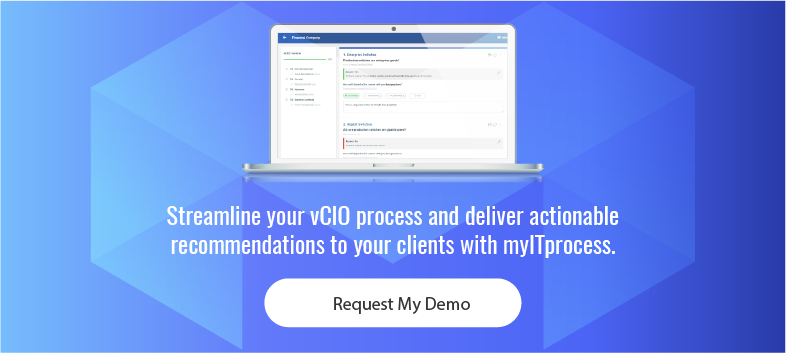Competition among MSPs is fierce. One of the most effective ways to stand apart from the 10-minute MSPs is to create a value-add proposition that will appeal to your prospects, set you apart from the competition and drive MSP sales.
While many MSPs have the potential to offer a value-add proposition that can set them apart from their competitors, they may have trouble articulating it in a way that their clients will understand and appreciate.
The following tips can help you to create and refine your value-add proposition and show you how to make it connect with your prospects and clients.
1. Find Your Ingredients
I’ve talked about the chocolate cake model of pricing plans, but the same analogy also applies to your value-add proposition. Everyone who makes a cake starts with the same basic ingredients: flour, sugar and eggs. For MSPs, those basic ingredients might be monitoring, backup support and technical advice.
To stand apart from your competitors your recipe needs a value-add proposition, the special ingredient that no one else can offer.
Start asking yourself:
- What unique roles and processes can I offer my clients?
- How does the experience and expertise of my team members benefit my clients?
- How can I help clients navigate new complexities and risks as their businesses evolve?
The answers to these questions will help you identify the special ingredient to add to your recipe, a value-add that only your MSP can offer.
2. Write Your Recipe
The next step is to take your ingredients and make them into your recipe. When creating a recipe, a baker doesn’t ask, “How do I use more of ingredient X in my cake?” A baker always asks, “How do I make a cake that my customers will love?”
To incorporate your value-add into your recipe, ask how your strengths can help your clients to:
- Be more productive
- Grow their business
- Feel more confident in how their IT services are working for them
The answers will bring you closer to having a recipe your clients will love. When they love your recipe, they’ll come back for more.
As you determine your recipe, you can align your value-add proposition processes to IT standards. By standardizing your offerings, you can show your clients what makes your recipe unique compared to other MSPs.
3. Uncover The Third-Level Pain
Once you’ve developed your value-add proposition and created your recipe, you need to show clients how that recipe solves their pains. One of the most powerful ways to connect with your clients is to understand those pains.
For clients, there are three levels of pain: technical pain, business pain and emotional pain. Understanding one allows you to understand the others.
For example, a client comes to you with a technical pain, a problem that you can fix. But as you talk to them about it, start looking for the business pain. Is this a one-time problem or part of a larger issue? If there is a larger issue, how is it affecting their productivity? What does it cost them? How does it affect team performance?
As you start to deal with the business pain, be aware of your client’s emotional pain. Does the problem keep them up at night? Does it cause inter-team stress? Does it affect their emotional state and sense of self-worth?
Once you understand all of these pain points, you can position your value-add proposition as a solution that can solve their technical, business and emotional pains.
Congratulations! You’ve just gone from solving a technical problem to giving someone peace of mind. As a result, they’ll think of you as a partner in their business, and be more willing to reinvest with your MSP.
If you’re looking for more guidance on how to create a unique value-add proposition, look at myITprocess.


